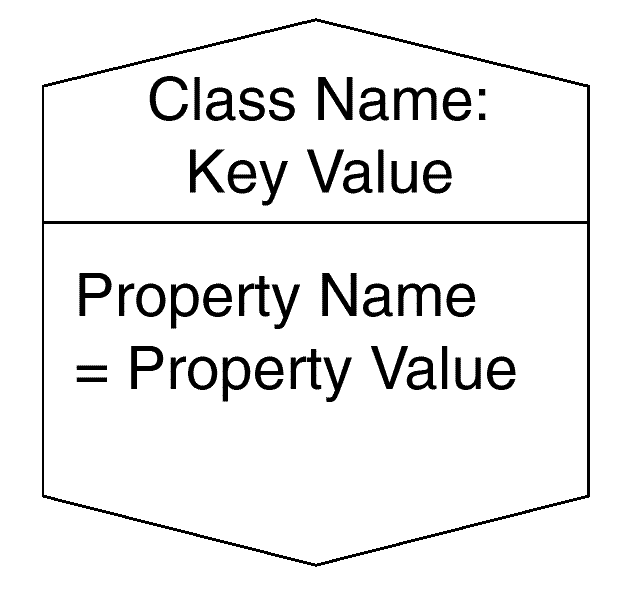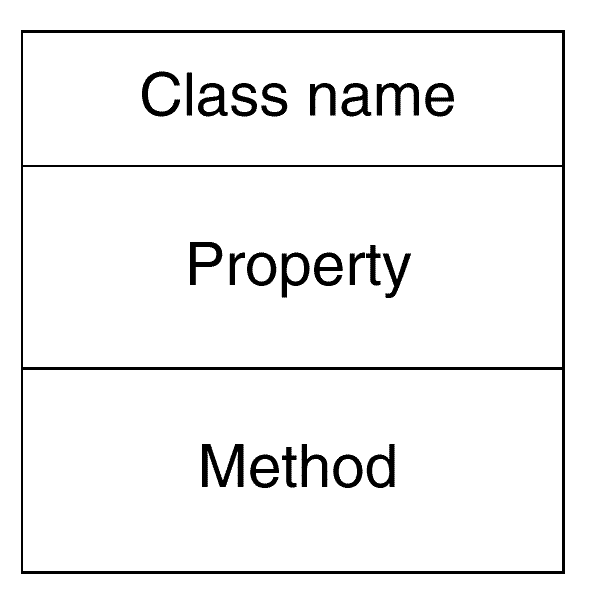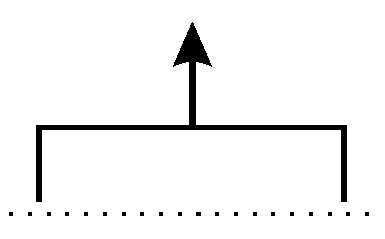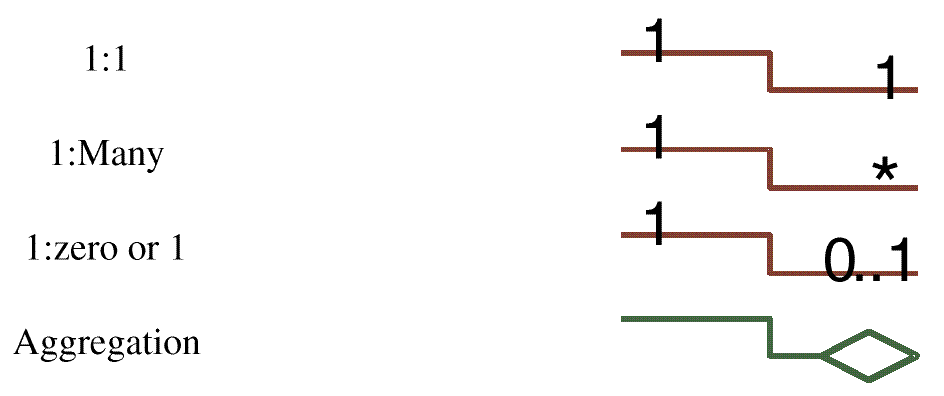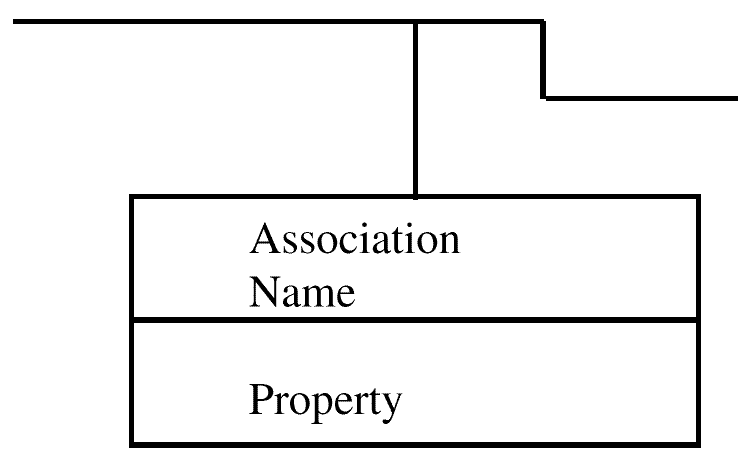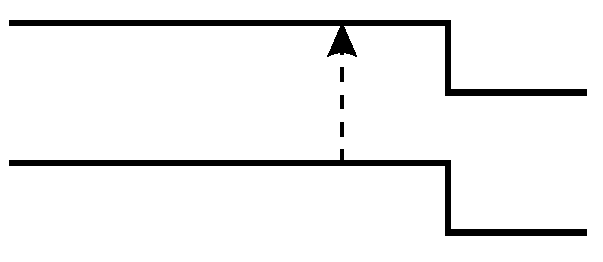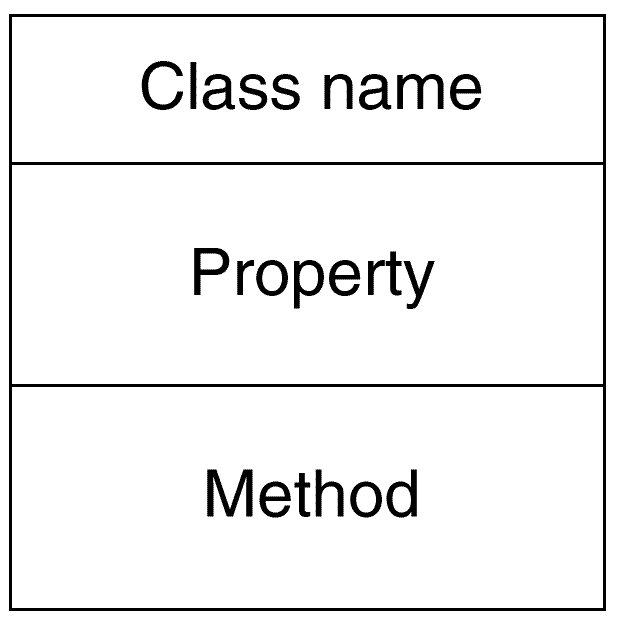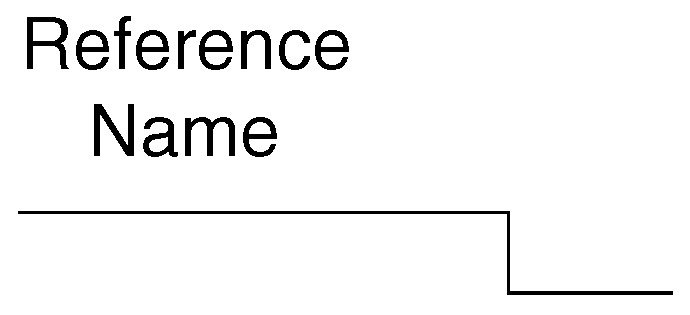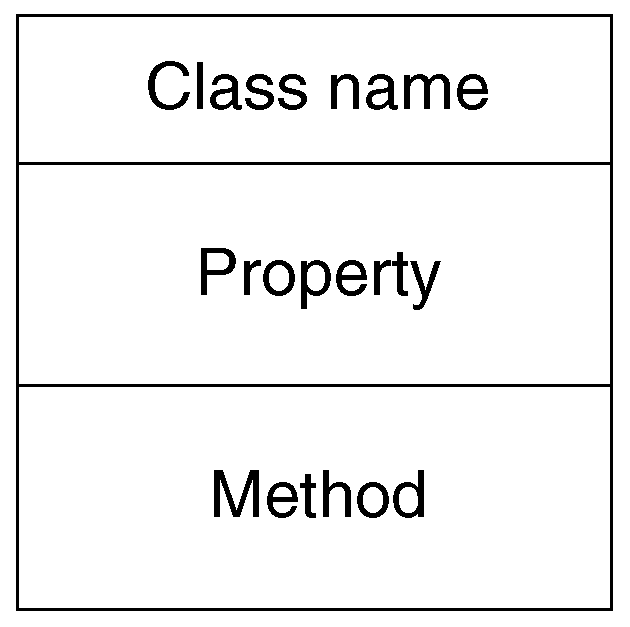Previous section.
Systems Management: Common Information Model (CIM)
Copyright © 1998 The Open Group
Unified Modeling Language (UML) Notation
The CIM metaschema notation
is based directly on the notation used in Unified Modeling Language
(UML). There are distinct symbols for all of the major constructs
in the schema, with the exception of qualifiers (as opposed
to properties that are directly represented in the diagrams).
In UML, a class is represented by a rectangle. The class name either stands alone in
the rectangle or is in the uppermost segment of the rectangle. If present, the segment
below that containing the name contains the properties of the class. If present, a third
region indicates the presence of methods.
A line decorated with a triangle indicates an inheritance relationship,
in which the lower
rectangle represents a subtype of the upper rectangle. The triangle points to the
superclass.
Other solid lines represent relationships.
The cardinality of the references on either
side of the relationship is indicated by a decoration on either end.
The following character combinations are commonly used:
- 1
- Indicates a single valued, required reference.
- 0 . . . 1
- Indicates an optional single valued reference.
- *
- Indicates an optional many valued reference, as does 0 . . . *.
- 1 . . . *
- Indicates a required many valued reference.
A line connected to a rectangle by a dotted line represents a
subclass relationship between two associations.
For each metaelement,
the diagram notation and/or its interpretation are summarized below.
Why not acquire a nicely bound hard copy?
Click here to return to the publication details or order a copy
of this publication.
